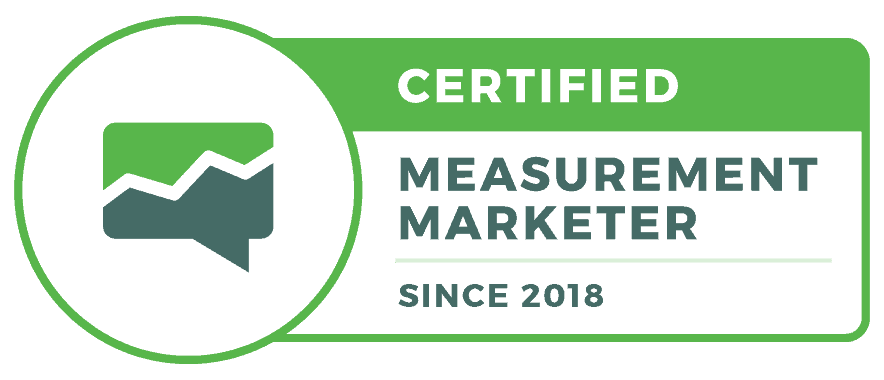What is Conversion Rate?
Conversion rate is a metric used in digital marketing to measure the percentage of website visitors who take a desired action, such as purchasing, filling out a form, or subscribing to a newsletter. It is a critical metric in evaluating the effectiveness of a marketing campaign and the overall success of a business.
Why is Conversion Rate Important?
Conversion rate is significant because it provides insights into how well a website or marketing campaign performs. It helps businesses understand how many visitors are taking the desired action and how many are leaving without completing the activity.
By analyzing conversion rates, businesses can identify opportunities to improve website design, optimize the user experience, and make changes to the marketing campaign to increase the likelihood of converting visitors into customers.
In addition, the conversion rate is closely tied to revenue and profitability. By increasing the conversion rate, businesses can increase revenue and profitability without increasing the number of website visitors.
How do you calculate Conversion Rate?
The formula for calculating the conversion rate is straightforward. Simply divide the number of visitors who took the desired action by the total number of visitors to the website, then multiply by 100 to get a percentage.
Conversion Rate = (Number of Visitors Who Took Action / Total Number of Visitors) x 100%
For example, if a website had 10,000 visitors in a month and 500 of them made a purchase, the conversion rate for that month would be 5%.
Conversion Rate = (500 / 10,000) x 100% = 5%
It is important to note that the desired action can vary depending on the business and marketing campaign. For example, if the goal is to generate leads, the desired action might be filling out a form, while if the goal is to increase social media engagement, the desired action might be sharing a post.







